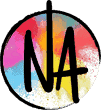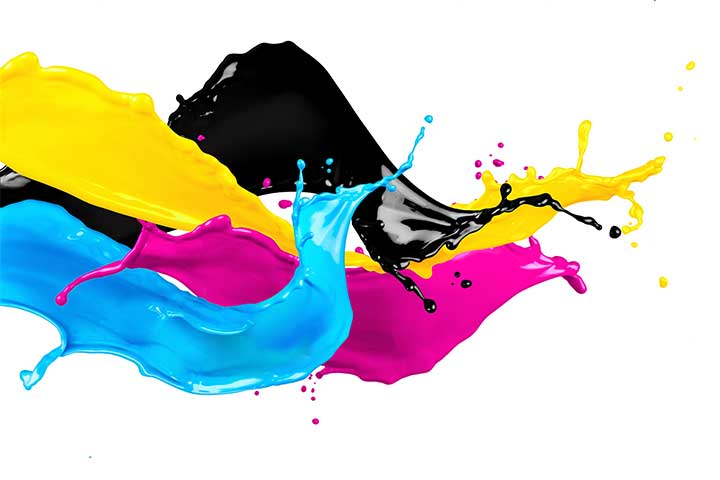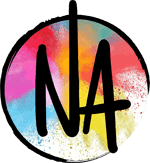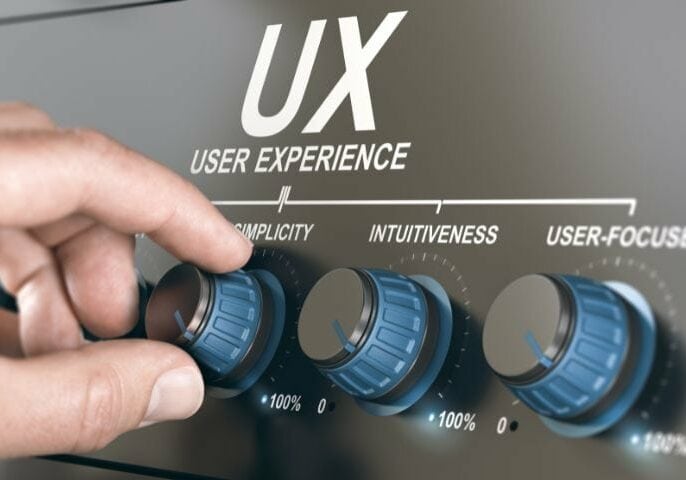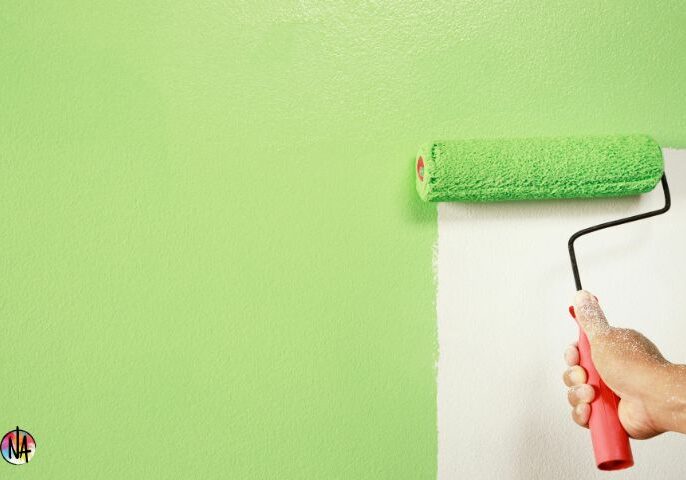Why is a logo important?
Your logo is the pinnacle visual element of your branding, and all your marketing efforts should pivot around this fundamental symbol, representing you and your business. Despite this, the fundamental logo is probably one of the most overlooked areas of any business.
Your logo will undoubtedly ‘speak’ to your potential customers before you do. Therefore its communication is vital as it has the power to draw or deter your target audience at first glance. A logo that evokes emotion and looks appealing will work more effectively than one that is mundane, drab, basic and lacks any thought towards design and form.
A strong logo can do wonders for your business; increased awareness, a rise in sales and even long-term customer loyalty. Let’s face it, that’s what we all strive for. So the options at hand boil down to four choices. Let your in-house team have a bash at creating something apt and highly innovative, crowdsource the brief and let the ‘designers’ out there come up with your ideal logo. Team up with a brand agency or commission a freelance graphic designer. All of these strategies come with their own set of advantages and disadvantages.
Designing your logo In-house
It is rare that you will possess a talented, fully trained graphic designer as part of your existing workforce, so the task will automatically fall to the next best thing. This will usually come in the form of an individual (or small group) who confidently label themselves ‘designers’. Sure, they may have a general clue about what colours compliment each other (rare), and what typefaces work well together (unlikely), but they will almost certainly lack the skill to balance and ration a logo with the right weights, symmetry and proportions of negative space. What? I hear you say… Exactly!
A trained designer will also know how a logo will perform across a variety of screen sizes and resolutions. A good logo will work equally as well in mono as it will in full colour. The same is true for the size; it needs to look appealing on a business card as well as looking stunning on the giant wall in reception. Furthermore, professional designers are trained to use the most sophisticated tools and systems to execute their work, resources that will almost certainly not be available to your in-house team. Low-grade design resources, such as clip art or low-resolution thumbnails from Google images, don’t contribute to the development of a strong identity because anyone can access the same poor-quality images.
How about Crowdsourcing your logo?
This option can sometimes be a good solution because it invites a large number of designers to get involved, which in turn, generates a lot of variety as interpretation prevails. There are a few good websites that promote this way of working and enable the process to be effortless. Sites include Crowdspring and 99designs. The other added advantage (particularly attractive) is that all this is exercised at a relatively low cost, so it is often a very affordable way of viewing a range of early concepts for your dream logo.
One downside to this route is the fact that you are only really providing your candidates with a flat, fairly static version of your overall vision for the logo. Brainstorming, early face-to-face meetings, and crucial research are almost always non-existent, so many designers will feel they are designing in the dark and taking a sizeable risk regarding the time they are investing in something that may not have a return at all. Therefore, the risk of wasted time, if their designs are not chosen, will stick, and many subsequently don’t produce their best work for you to collate a shortlist from.
Have your logo designed by a third party.
Working with a third-party designer, such as a freelance graphic designer, can be daunting for a small business, especially if there is a limited budget allocated to branding. But a great logo does not need to cost the earth and exhaust or eat into your overall marketing budget. It is possible to arrive at a fitting solution that aptly represents your business without breaking the bank. We’ve all read the headline stories of particular logos fetching superfluous, ludicrous spending, such as the BBC and London’s 2012, but, however we justify and offset the finished article, a small business or ‘startup’ will not be able to foot such a hefty bill.
Still not found your ideal solution?
As discussed, developing a logo doesn’t have to break the bank, but at the same time, you will not receive a high-quality, apt graphic if you are not willing to invest at a sensible level. It is crucial to bear in mind that your logo is your brand’s calling card; it’s the first ‘visual’ potential consumers will notice and the last thing they’ll remember. A logo of this magnitude and one that satisfies these basic criteria should cost you between £500 and £1,500. If you would like to speak to us about designing your logo, please contact us.
